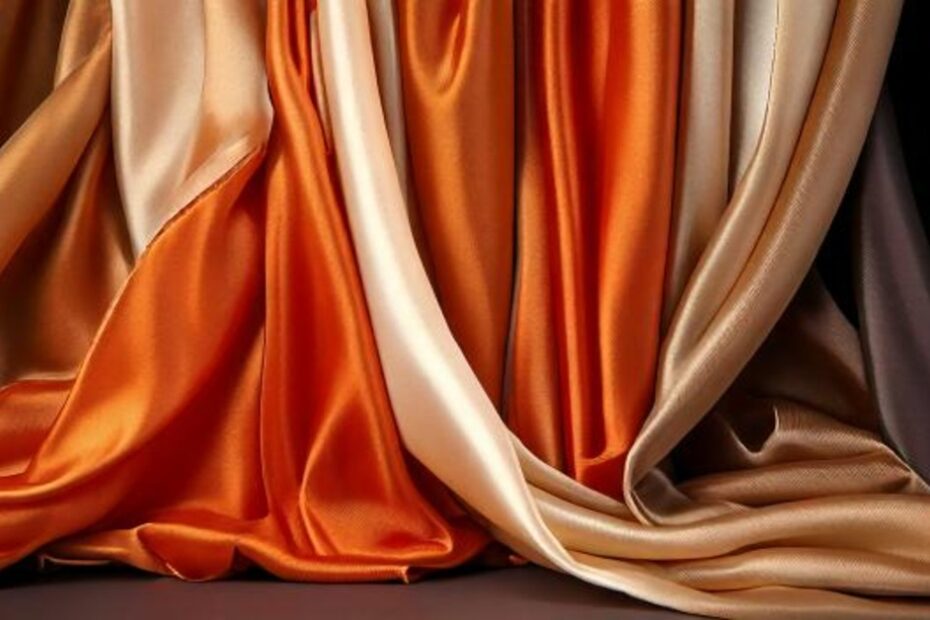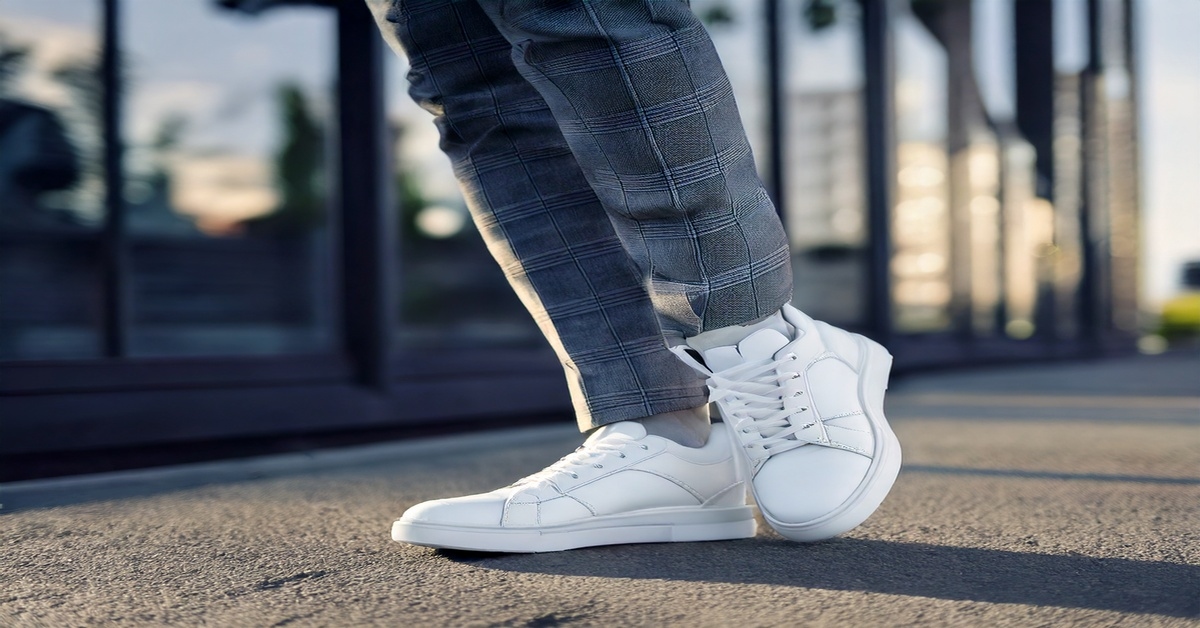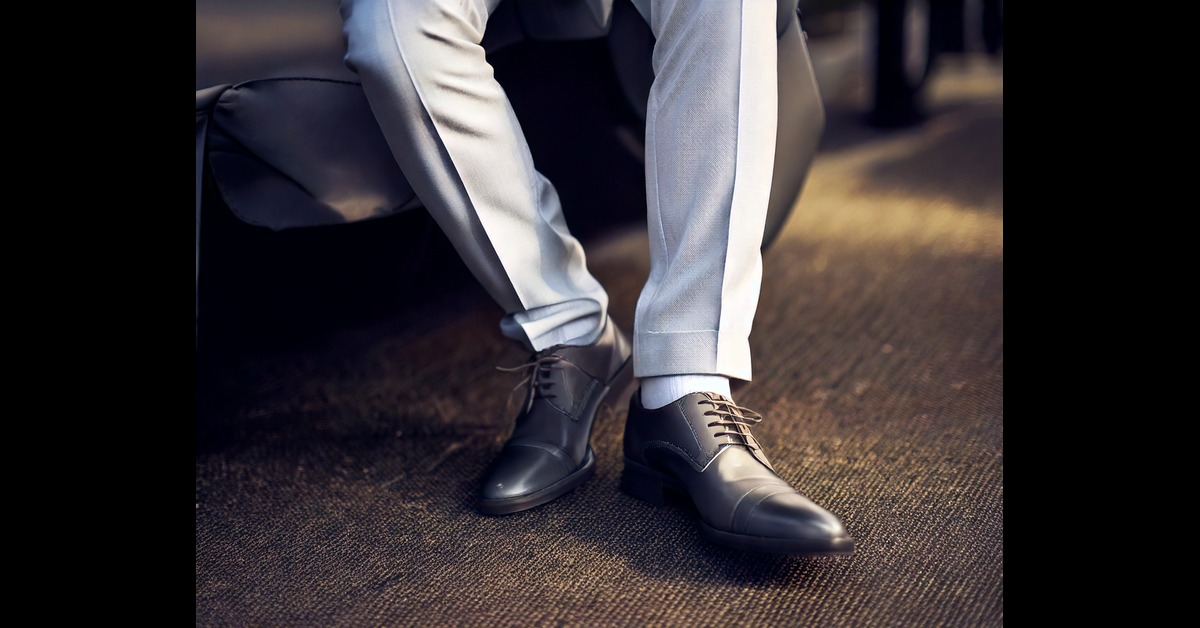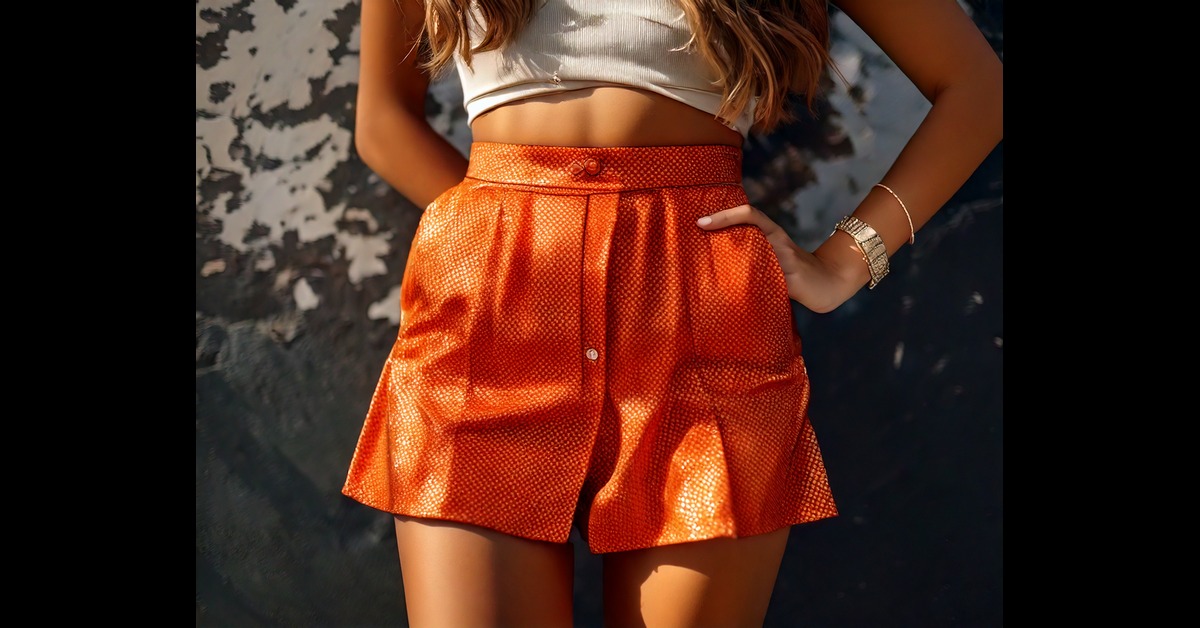Satin fabric is an elegant material that is associated with lustrous, silky-looking material. It has prevailed in the sphere of fashion and home décor for centuries, which makes it one of the most sought-after materials. Satin is used in garments, from clothing to accessories, because of the rich texture that makes the fabric classy.
But what is satin fabric exactly? What makes it stand out among other fabrics? And how does it compare to the leather jackets you may already own from The Jacket Maker? In this blog, we will look into the world of satin, explaining its composition, benefits, uses, and how it compares to other fabrics.
What To Expect In This Article?
What is Satin Made Of?
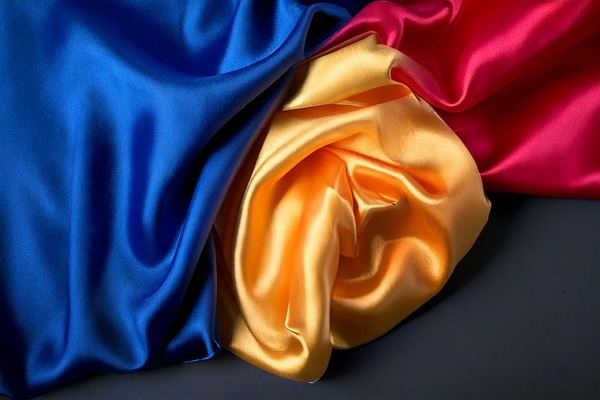
Satin, unlike other fabrics, is not a fabric but rather a weaving fashion. The word “satin” is an indication of the method by which the finish of the cloth’s surface has been produced to be silky as well as to gleam. There are also material variations of satin; it can be natural material or synthetic.
What is satin made of? It is typically woven from fibers like silk, polyester, nylon, or acetate. Satin, the most traditional type, is created from silk, which gives it that smooth-to-the-touch, shiny feeling. But today’s satin can be woven out of synthetic fibers and, most commonly, polyester, which makes it affordable and more durable to wash.
While satin used to be reserved for luxury, today, it’s accessible in many forms, often mimicking the characteristics of silk at a fraction of the cost. Despite the material used, satin’s key feature remains the same: its glossy surface, created by the satin weave, which allows the fibers to reflect light.
What Does Satin Look Like?
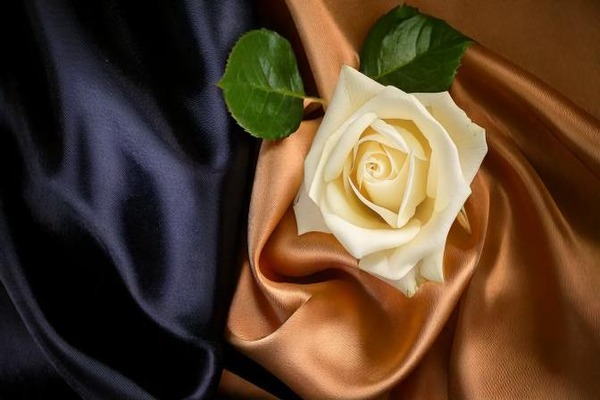
What does satin look like? It has a lustrous surface. Satin gives a sparkling, glossy look, which makes it appropriate for occasions such as weddings, evening wear, and business / formal wear. It can also have a different look and feel depending on whether it is seen in the light or viewed from a different angle, as the fabric has a kind of mobility that is more similar to the mobility of a liquid.
Satin’s shine is a result of the weaving technique. The fibers are woven in a way that allows them to lie flat and reflect light instead of absorbing it, which gives the fabric its signature sheen. This characteristic makes satin a favorite for clothing and accessories that need to exude a sense of sophistication and luxury.
Common Uses of Satin Fabric: From Fashion to Home Decor
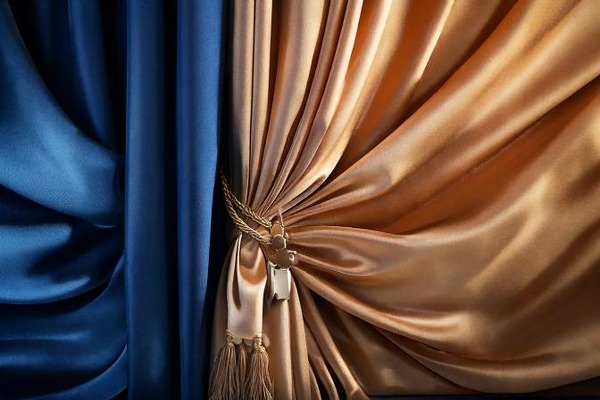
Satin is, in fact, a very versatile material in home furnishing and decoration. Here’s a breakdown of how satin is used in various industries:
Fashion and Clothing
In the fashion world, satin fabric is mostly linked to elegance and beauty. They include designing dresses like gowns, dinner gowns, and bridal gowns. The Satin fabric for clothing produces an excellent, smooth, and luxurious appearance, which is best suited for use in occasions such as weddings, galas, cocktails, etc. Satin is a very shiny fabric material that makes it suitable to wear dresses, suits, skirts, and even hair bands and scarves.
Home Décor
In addition to clothing, satin fabric is popular in home décor items. It can be used for upholstery, drapery, bed linens, and decorative pillows. Satin’s luxurious appearance gives any room a refined, upscale look. If you’ve ever walked into a room with satin curtains or satin throw pillows, you know how the fabric can elevate the ambiance.
Accessories and Furnishings
Satin is used not only in apparel and home decor but also in accessories such as handbags, shoes, and belts. Nothing dresses up an accessory as much as satin; it is shiny, thus adding a characteristic that sets it apart from the others. It is also more commonly used in specific products, such as the satin lining of jackets or gloves, which add both elegance and comfort to the product.
Satin Fabric vs Other Fabrics: How Does It Compare?
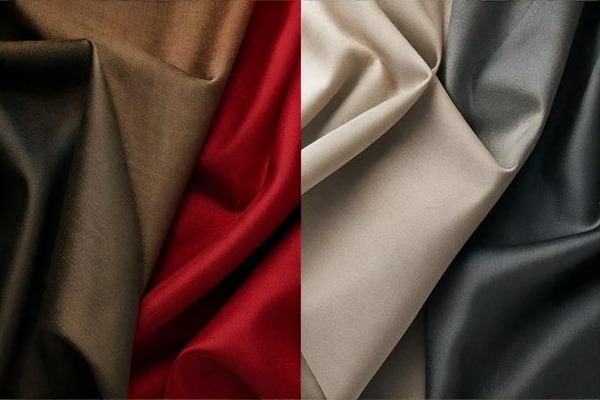
When considering satin vs polyester or satin vs silk, it’s essential to understand the differences in texture, durability, and cost. While both fabrics may look similar, they offer distinct experiences.
Satin vs Polyester
Satin vs polyester is a common comparison because polyester satin is one of the most popular versions of satin today. Polyester satin is affordable, durable, and easy to maintain, making it a popular option for evening wear, upholstery, and home décor. However, it does not have the same softness and fluid drape as natural silk satin. Polyester satin tends to be more rigid and less breathable.
Satin vs Silk
When it comes to deciding which fabric is better, the two closest competitors are satin vs silk. Silk satin is the highest form of satin that can be produced. This clothing is made from natural fibers, which makes it very comfortable and light next to the skin. Silk satin is prized for its smooth texture and lustrous finish, which no synthetic fabric can fully replicate. However, silk is more costly than other fabrics and demands more care. In contrast, we understand satin has been derived from synthetic fiber such as polyester material; it is easier to maintain and acquire than natural silk material, though the feel is not as good as natural silk.
Satin Characteristics
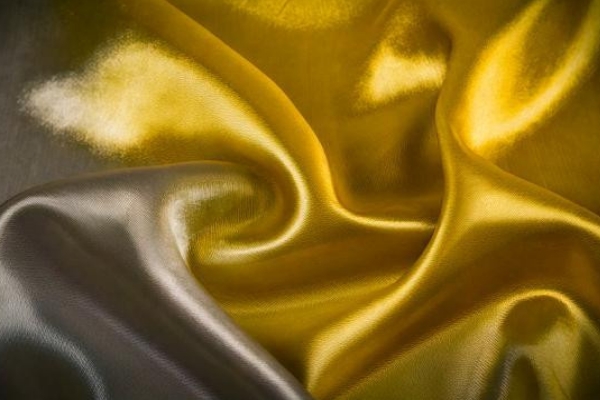
Understanding satin characteristics is crucial for appreciating its place in both fashion and home décor. Here are a few defining features of satin fabric:
- Shiny Finish: Satin’s most defining feature is its smooth, reflective surface. It reflects light at different angles, creating an elegant sheen.
- Soft and Smooth: Satin feels soft to the touch, which is why it is so often used for clothing that will be worn against the skin, such as lingerie or evening gowns.
- Luxurious Look: It has smooth predicates and a luxurious texture; it is normally referred to as satin fabric. That softness makes it timeless for high fashion and decorating.
- Drapes Well: Satin is a very soft fabric that can easily be shaped to create garments and soft furnishings.
Types of Satin
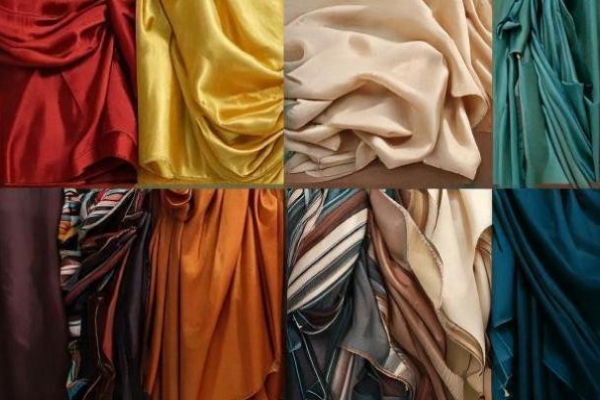
There are several types of satin, each with different qualities and uses. Here are the most common types of satin:
- Silk Satin: The most luxurious form of satin, made from natural silk fibers. It is soft, breathable, and has a rich, reflective finish.
- Polyester Satin: A more affordable version of satin that is made from synthetic fibers. It’s durable, easy to care for, and retains much of satin’s shine, but it lacks the softness of silk.
- Acetate Satin: Acetate satin has a lustrous finish, and it is used for evening and formal wear.
- Nylon Satin: A synthetic fabric that mimics the glossy finish of silk satin. It’s durable and resistant to wrinkles.
- Rayon Satin: Rayon satin has a smooth, luxurious feel and is often used in formalwear or evening gowns.
Benefits of Satin Fabric
Satin offers several benefits of satin fabric, making it a top choice in both fashion and home décor. Some key benefits include:
- Elegance and Luxury: Satin is mostly worn at formal events because of the unique shine or luster inherent in this fabric.
- Soft Texture: This finish is soft and rather silky to the touch, which makes this fabric pleasant to wear.
- Versatility: Satin is very much applicable for all kinds of uses, from apparel to the furnishing of houses!
- Durability: Just like polyester satin, synthetic satin fabric is tough and can endure various wear and tear, hence making it ideal for wearing.
Cleaning and Maintaining Satin Garments
Cleaning and maintaining satin garments is crucial, especially natural silk satin garments. Cleaning silk satin requires careful washing, like a dry cleaning service, to ensure the fabric maintains its shine and texture. However, polyester satin will be easier to maintain and machine washable. It is always advisable to look at the instructions section on your satin wear to ensure you do not cause further harm to it.
FAQs
Is Satin Fabric Durable for Everyday Use?
Satin made from synthetic fibers, like polyester or acetate, is durable enough for everyday wear. However, silk satin is more delicate and may not withstand daily use as well.
Is Satin Fabric Good for Summer?
Satin is not the most breathable fabric, especially when made from synthetic fibers. However, lightweight satin made from rayon or silk can be worn in summer if styled correctly.
Is Satin Fabric Good for Winter?
Satin is not typically used as a winter fabric due to its lightweight nature. For the best winter fabrics, look for heavier materials like wool or fleece. However, satin can be layered under types of jackets for added warmth and elegance.
Conclusion
Satin fabric is excellent since it has a lustrous and smooth feel and is best used in formal clothing and homes. Satin fabric is commonly used for clothing such as evening gowns or even for home furnishings, and as far as timeless appeal is concerned, no other fabric could match satin. Due to its unique characteristics, smoothness, and silky sheen, it is now a standard material in the fashion and interior design world.
At The Jacket Maker, we specialize in leather jackets such as bomber jackets, varsity jackets, and puffer jackets. However, we are not blind to the appeal of satin material. Whether one is associating a satin-lined jacket with shiny leather or seeking a rich fabric for use in clothing, satin is always a stylish and elegant-looking material.
Suppose you’re also curious about other fabrics, like what is mesh fabric, or want to explore different materials, like what is polyester fabric. In that case, we offer a range of options for all preferences. Explore our collection today!

